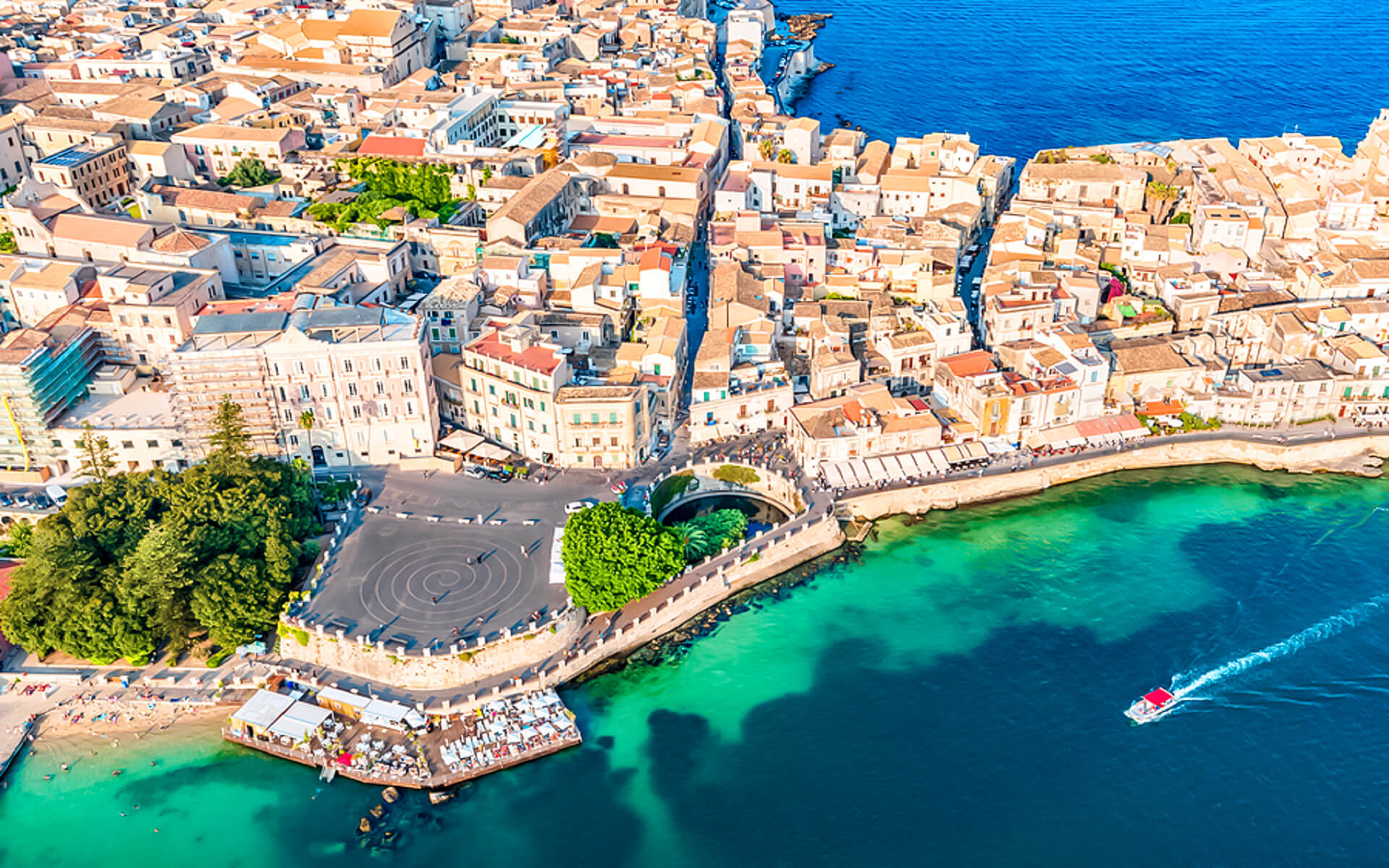Syracuse is a historic city in Sicily and the seat of the Syracuse province. The city is famous for its rich Greek history, culture, amphitheatres, and architecture, as well as being the home of the great mathematician and engineer Archimedes. This 2,700-year-old city was a vital player in ancient times, when it was one of the Mediterranean world’s great powers. Syracuse is situated in the southeast corner of Sicily, near to the Gulf of Syracuse and the Ionian Sea.
Ancient Greek Corinthians and Teneans established the city, which grew into a great city-state. Syracuse, as the most prominent city in Magna Graecia, was allied with Sparta and Corinth and wielded power over the whole region. Cicero described it as “the largest Greek city and the most beautiful of them all,” and it was the same size as Athens in the fifth century BC. It was eventually included into the Roman Republic and the Byzantine Empire. Following this, Palermo surpassed it in significance as the capital of the Kingdom of Sicily. The kingdom would eventually be merged with the Kingdom of Naples to create the Two Sicilies until the Italian unification in 1860.
UNESCO has designated the city, together with the Pantalica Necropolis, as a World Heritage Site in the contemporary era. The city itself has a population of roughly 125,000 people in the center region. The locals are known as Siracusans. Syracuse is referenced in the Bible in the book of Acts of the Apostles at 28:12, where Paul stayed. Saint Lucy is the city’s patron saint; she was born in Syracuse, and her feast day, Saint Lucy’s Day, is observed on December 13th.


